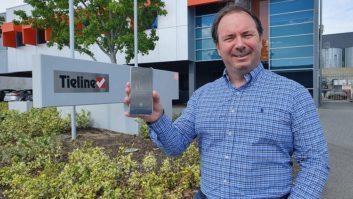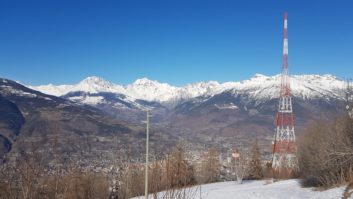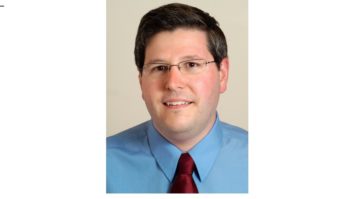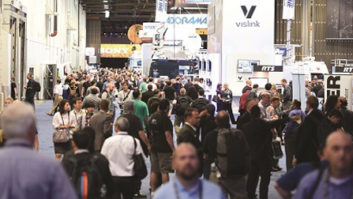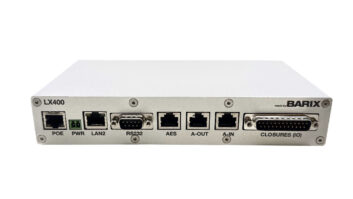This story is part of Radio World’s supplement “IP4: The Evolution of Audio & Data Transport.”
The European broadcast community shares many goals in various languages. Its professed needs and requirements cannot be met by proprietary frameworks, at least according to two manufacturers.
They say they need extensible AoIP solutions that can scale to enormous complexity, yet remain manageable. They want a common AoIP framework that will work with all devices, free of royalties and freely adaptable for future implementations. If the framework Ravenna achieves acceptance and can be corralled into an interoperability standard as proposed by the AES X192, these manufacturers feel they could play a more visible role in the marketplace.
The Lawo company of Rastatt, Germany, makes broadcast and mixing consoles and routers that implement the MADI (AES10) standard to gather and distribute audio. Recently, Lawo announced an investment in Ravenna development and plans to integrate its broadcast console line and router products into the framework.
Axel Kern, senior product manager for radio on-air, said AoIP has evolved sufficiently.
“Over the years, AoIP has evolved from a technological trend into a serious alternative for audio distribution. There are many mature solutions out there which proved an IT infrastructure is capable of handling ultra-low latency, high-quality multichannel audio, and at the same time, most of the mission-critical issues of network-based audio distribution are widely known.” He said Lawo is enabling several products with AoIP functionality.
In Kern’s view, there will be continued customer interest in the company’s MADI implementation, and AoIP will be a fundamental element of future products. “Since our products are based on settled and well-accepted technological platforms using traditional audio distribution, we are focusing on applicational enhancements to our products using AoIP. Our activities are looking into using IP for both audio and control.”
Manufacturer AEQ, based in Madrid, Spain, announced its intent to implement the Ravenna IP framework in its console, router and professional broadcast product line, but the company’s goal is beyond the Ravenna framework. In an English translation of a position paper titled “Toward AES X192 With Ravenna,” AEQ’s Director of R&D Miguel Sancho Carreres makes an impassioned plea for AoIP interoperability through the AES X192 task group.
“Imagine the headache if an AEQ console should not be able to connect in multichannel mode with a Studer router/switching matrix? Fortunately we are all adopting AES10 (MADI) … These are the sort of reasons why in the professional audio industry we have organizations like AES and EBU that are advocating the interoperability among manufacturers — to the benefit of broadcasters. Just like us, there are dozens of manufacturers anxious to avoid the tower of Babel while others invent languages, some very well structured, but yes, all incompatible.”
Peter Howarth, AEQ director of sales, special markets, says the company adopted the EBU Network/Audio Contribution over IP standard (N/ACIP) years ago, realizing compatibility between ISDN/IP audio codecs benefits customers and made sense.
“We have also adopted AoIP and VoIP protocols for our New Commentary systems used in large sport events, where we’re operating a ‘monster’ router of 5,000×5,000 circuits spread over 40-plus venues and with physical distances that in some cases are over 400 kilometers [about 250 miles]. These IP solutions are implemented in our audio routing systems and are used for, among other services, intercom and monitoring. Taking into account that right now these implementations are in ‘controlled’ environments and the implementations are ‘low level’ standards, it will be a relatively simple task to move on to Ravenna-X.192 when it becomes a standard.”





